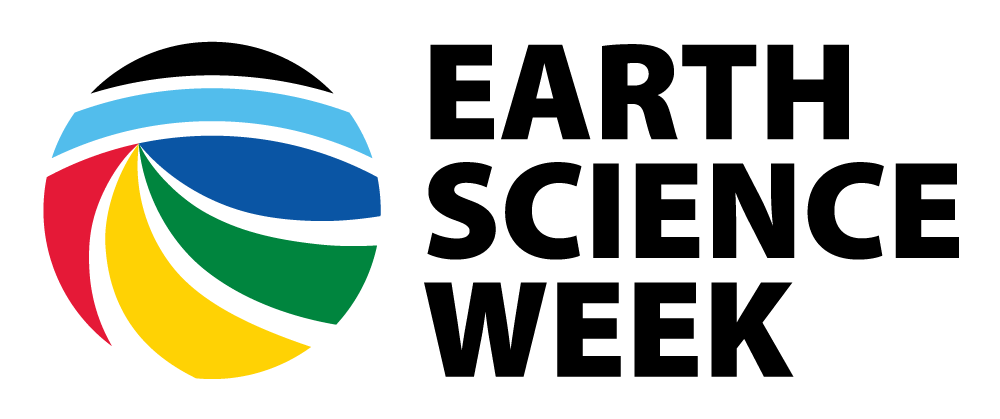Exploring Geoheritage Through EarthCaching Activity Source: Adapted with permission by Geological Society of America.
An EarthCache is a special site that people can visit to learn about a unique geoscience feature or aspect of our Earth. Visitors to EarthCache sites can see how our planet has been shaped by geological processes, how we manage the resources and how scientists gather evidence to learn about the Earth.
EarthCaches are part of the greater global adventure game of Geocaching.
[Read More]
Exploring Low-Temperature Geothermal Energy
Exploring Low-Temperature Geothermal Energy Activity Source: American Association of Petroleum Geologists
Background Geothermal energy harnesses Earth’s internal heat to generate power. Typically, it involves tapping into high-temperature reservoirs of hot water deep beneath Earth’s surface. However, as the demand for clean energy grows, researchers are developing innovative techniques to access common low-temperature geothermal sources found closer to Earth’s surface. New technologies broaden the geographic reach of geothermal energy, making it a more accessible and sustainable energy option.
[Read More]
Exploring Meteor Impacts on Earth and Beyond
Exploring Meteor Impacts on Earth and Beyond Activity Source: U.S. Geological Survey
Background Terrestrial analogs is a field of planetary science that compares topographic features on other planets to similar features on Earth. We study sites on Earth as representations of planetary sites because they are more easily accessible and can be directly measured or observed. Impact craters are easily found on the Moon and Mars, but did you know there are also lots of impact craters here on Earth?
[Read More]
Exploring Permafrost in the Arctic
Exploring Permafrost in the Arctic Activity Source: Written by AGI with the Natural Resources Conservation Service
Permafrost, frozen ground lasting at least two years, is found in Earth’s coldest regions: the Arctic, boreal zones, Antarctica, and high-altitude areas. It profoundly impacts the plant, animal, and human communities in these regions. Permafrost underlies 15% of the northern hemisphere’s exposed land. It is prevalent across the Arctic and extends into areas like Alaska, Canada, Greenland, Russia, and the Tibetan Plateau.
[Read More]
Exploring Porosity
Exploring Porosity Activity Source: The NEED Project. Adapted with permission.
Earth scientists play a vital role in harvesting the energy resources on which we all rely. When preparing to drill for oil, for example, geoscientists must assess many aspects of a rock stratum (layer). For example, they must figure out the volume of the rock’s pores, or empty spaces, as compared with the rock’s total volume. This is called the rock’s porosity.
[Read More]
Exploring the Age of the Seafloor
Exploring the Age of the Seafloor Activity Source: Written by AGI based on lessons by the International Ocean Discovery Program
The Earth’s surface is made up of tectonic plates that fit together something like puzzle pieces, forming fault lines where they meet. There are seven major plates and some smaller ones. These plates move apart at divergent boundaries and collide at convergent boundaries. At transform boundaries, the plates slide past each other.
[Read More]
Exploring Watersheds in North America
Exploring Watersheds in North America Activity Source: Written by AGI for ESW 2024
Watersheds serve as natural drainage systems, collecting rainfall and channeling it towards a common outlet such as lakes, rivers, or oceans. The health of watersheds directly impacts the availability and cleanliness of water for drinking, agriculture, and ecosystems. Additionally, watersheds play a critical role in regulating water cycles, mitigating floods, and replenishing groundwater reserves. Understanding and managing watersheds is essential for sustainable water resource management and ecosystem conservation, ensuring the well-being of both human and natural communities.
[Read More]
Exploring Your Community
Exploring Your Community Activity Source: National Oceanic and Atmospheric Administration. Adapted with permission.
Think about the weather and environment where you live. Have you ever been in a strong storm? Have you ever experienced flooding, a wildfire, or really hot days? These types of environmental hazards are happening more often because of climate change. Even though these events can be scary, there is so much you can do in your own community to make it better able to handle these challenges.
[Read More]
Eye of the Storm
Eye of the Storm Activity Source: Esri
A tropical storm is brewing in the Atlantic Ocean. It’s causing rain and thunderstorms over the Caribbean, and it will soon be a tropical depression — the beginning of a hurricane. By the time Hurricane Mitch leaves the Central America, more than 11,000 people will be dead and as many as 18,000 more will be missing. (Activity adapted from Mapping Our World.
Materials Computer with Internet connection.
[Read More]
Find Your Park
Find Your Park Activity Source: Adapted with permission by National Park Service.
A park can be many different things to many different people. For many people, Canyonlands National Park is a favorite showcase of geology.
In each of the park’s districts, you can see the remarkable effects of millions of years of erosion on a landscape of sedimentary rock. The Green River has carved a channel out of rock layers deposited nearly 300 million years ago creating an open book for earth science enthusiast of all ages.
[Read More]
